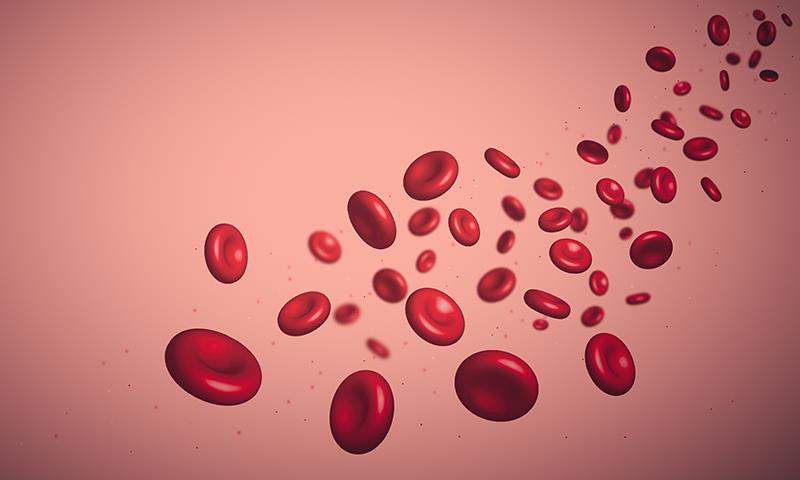Mitapivat cuts transfusion burden in TD thalassaemia





In adults with transfusion-dependent (TD*) α- or β-thalassaemia, mitapivat, a first-in-class, oral, allosteric activator of pyruvate kinase, significantly reduces transfusion burden, with durable responses up to 36 weeks, findings from the phase III ENERGIZE-T study have shown.
“The primary and all key secondary endpoints were met [in this study comprising] a globally representative population with TD α- or β-thalassaemia,” said Dr Maria Domenica Cappellini from the University of Milan, Cà Granda Foundation IRCCS Maggiore Policlinico Hospital, Milan, Italy, at ASH 2024.
Nearly a third (30.4 percent) of mitapivat-treated patients achieved a transfusion reduction response (TRR) as opposed to only 12.6 percent of those on placebo (two-sided p=0.0003). TRR was defined as a ≥50-percent reduction in transfused red blood cell (RBC) units and a reduction of ≥2 units of transfused RBCs in any consecutive 12-week period through week 48 compared with baseline. [ASH 2024, abstract 409]
“Interestingly enough, the reduction in transfusion burden was not affected by prespecified subgroups, including genotype and baseline transfusion burden,” Cappellini pointed out.
Similarly, mitapivat led to statistically significant reductions in TRR2** (13.5 percent vs 2.3 percent; two-sided p=0.0003), TRR3** (14.6 percent vs 1.1 percent; two-sided p<0.0001), and TRR4** (7.6 percent vs 1.1 percent; two-sided p=0.0056) vs placebo.
More patients on mitapivat achieved transfusion independence (ie, transfusion-free for ≥8 consecutive weeks through week 48) vs those on placebo (9.9 percent vs 1.1 percent).
The rates of any treatment-emergent adverse events (TEAEs) were similar between the mitapivat and placebo arms (90.1 percent vs 83.5 percent), as were the incidences of grade ≥3 (18.6 percent vs 14.1 percent) and serious TEAEs (11 percent vs 15.3 percent). There were more treatment-related TEAEs in the former vs the latter arm (37.8 percent vs 18.8 percent).
The most frequent any-grade TEAEs with mitapivat were headache, upper respiratory tract infection, and initial insomnia (26.7, 15.7, and 14 percent, respectively), but most were grade 1/2 in severity and all AEs occurred mainly at the beginning of treatment and were quite manageable, noted Cappellini. Discontinuations due to TEAEs were fewer with placebo vs mitapivat but were generally low (1.2 percent vs 5.8 percent).
Potential oral disease-modifying therapy
The survival of severe thalassaemia patients has improved over the past decades, said Cappellini. “[These improvements] have been achieved because of a better understanding of the pathophysiology of the disease and the implementation of a good standard of care, including regular blood transfusion and iron chelation.” However, these agents are associated with adverse effects that can limit treatment adherence and impair quality of life.
“These limitations highlight [an unmet] need for new agents targeting disease pathophysiology,” Cappellini noted. There are also no approved oral disease-modifying therapies for β-thalassaemia, and no approved therapies for α-thalassaemia. “In this context, mitapivat may play a role.”
In ENERGIZE-T, 258 patients were randomized 2:1 to mitapivat 100 mg (mean age 35.8 years, 54.4 percent women, 32.7 percent Asian) or placebo (mean age 34.7 years, 49.4 percent women, 25.3 percent Asian) BID for 48 weeks. About three-quarters of participants had a 24-week baseline transfusion burden of >12 RBC units and roughly 45 percent had β0/β0 genotype.
“These data, alongside data in non-TD α- or β-thalassaemia from ENERGIZE, demonstrate the efficacy of mitapivat across the full range of thalassaemia, supporting it as a potential oral disease-modifying therapy,” said Cappellini.